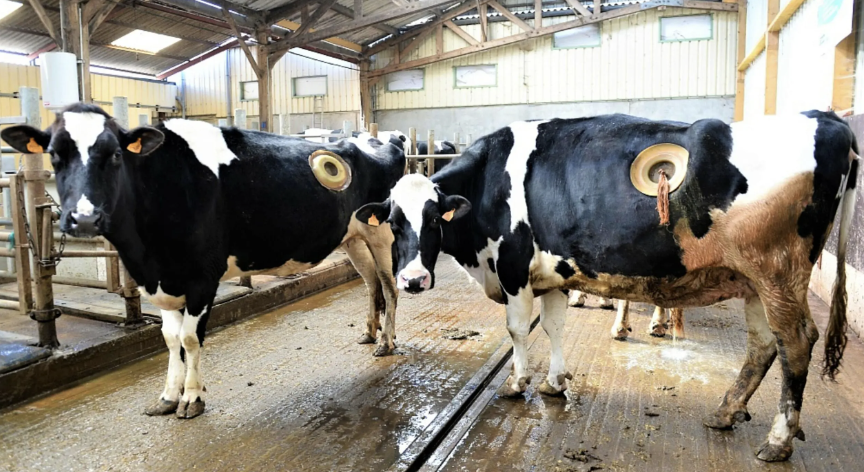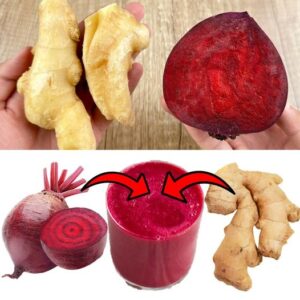When you hear the term “portholes,” you typically think of little circular windows on ships or airplanes. Did you know that portholes are also utilized on cows? This may sound strange, but it is a fact in agriculture and animal research. These portholes, also called fistulas or cannulas, are openings that provide direct access to a cow’s stomach and have transformed agricultural research. So, what are these cow portholes for, why are they employed, and how do people perceive them? Let us break it down.
What Are Portholes in Cows?
Portholes in cows, also known as cannulas or fistulas, are surgically created openings that allow farmers and researchers to access the cow’s stomach. The process entails making a hole in the cow’s side that leads to the rumen, the largest of the four stomachs. To keep this aperture accessible for an extended period of time, a plastic or rubber ring is placed around it.
Why Are Portholes Used on Cows?
You may question why anyone requires direct access to a cow’s guts. The solution lies in cows’ unique digestion process and their vital position in the world food supply. Cows are ruminants, which means they can digest difficult plant materials like grass and convert them into necessary nutrients. Studying this mechanism is critical for increasing farming efficiency and ensuring cattle health.
Benefits of Using Portholes

The use of portholes has altered the way scientists and farmers understand cow digestion, and it comes with numerous significant advantages:
1. More efficient research
Portholes enable for continual observation of a cow’s digestion without the need for multiple procedures, considerably lowering animal suffering. This makes research more humane and effective.
2. Optimized feeding
Researchers can use direct access to the rumen to assess which meals are digested the most efficiently. This contributes to the development of appropriate diets that encourage growth and health, resulting in healthy and productive cows.
3. Reducing environmental impact
Livestock farming generates a considerable amount of methane emissions, which contribute to climate change. Researchers have used portholes to examine digestion, allowing them to produce diets that limit methane output and promote more sustainable farming techniques.
4. Improved animal health.
Veterinarians and researchers can discover and address any health issues in the rumen immediately because they have direct access there. This proactive approach improves the health and well-being of the animals.





